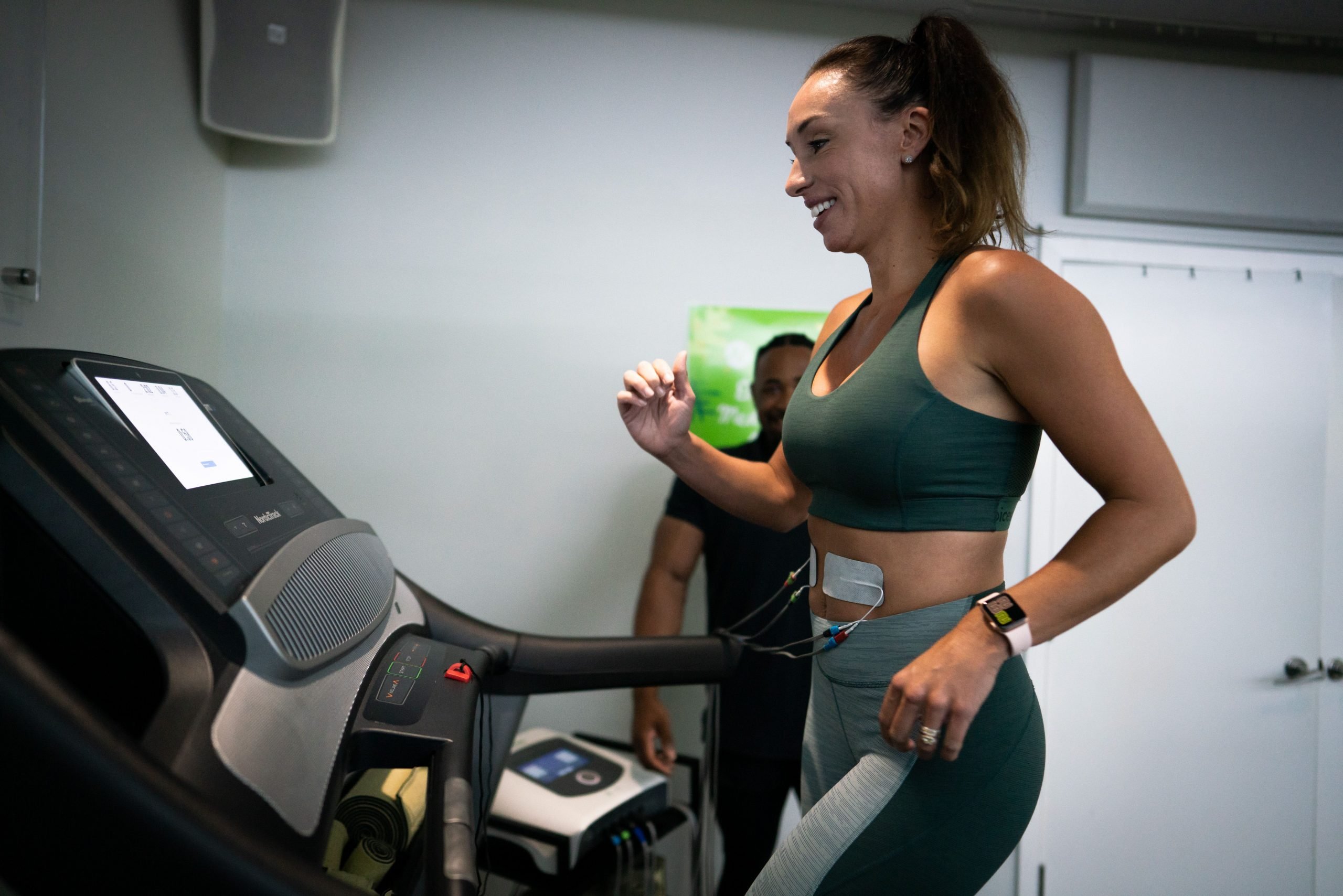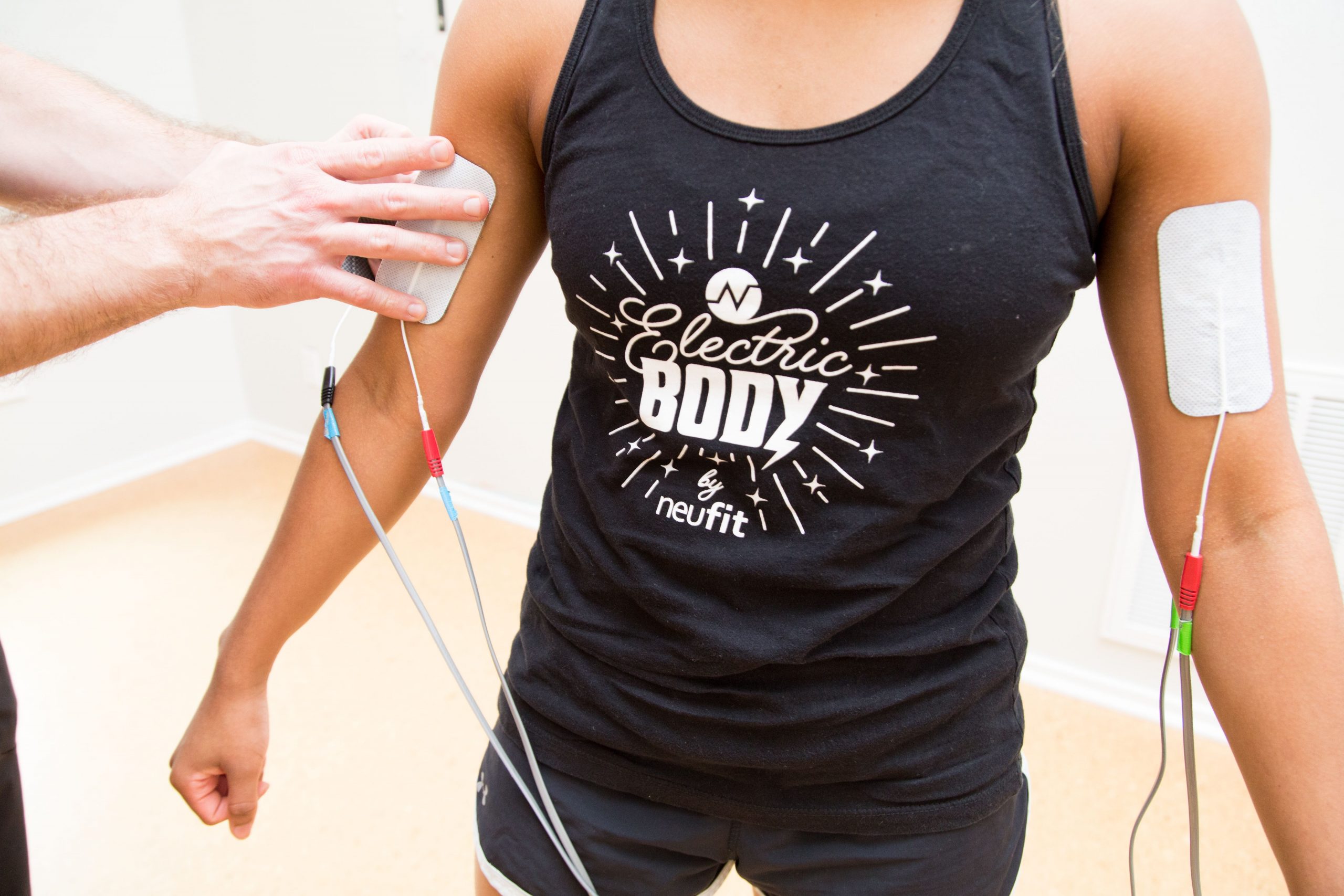Human beings are miraculous creatures, with the power to display amazing levels of physical coordination and mental ability, recover from trauma of many kinds, and live an entire lifetime filled with dynamic health and creative vitality. Unfortunately, many of our most deeply ingrained beliefs do not reflect this conviction in the power of the human being. When injured, for example, we are told to R.I.C.E. — rest and ice, while keeping the affected area compressed and elevated. This is totally appropriate from the perspective of conventional wisdom, but the exact opposite of what one must conclude from the perspective of looking at the human as a miraculous creature.
Part of this miracle of human life is adaptation. We can adapt to a huge range of environments and contexts in order to be able to survive equally well in areas as diverse as the Sahara Desert and Arctic Circle. Of course, one can only adapt to the environment in which one finds herself. It’s not likely that one will become adapted to handling cold temperatures while living in the desert, just as it’s tough to become efficient at creating the enzymes to digest meat while living as a vegetarian.
Yet when it comes to recovering from injury, this seemingly obvious logic is cast aside and forgotten in favor of the ‘R.I.C.E.’ paradigm. When we are inactive, resting, then the environment to which we are adapting is that of reduced activity. And what does ice do? Constricts blood flow, reducing the body’s ability to bring healing nutrients and growth factors that are part of our inherent repari mechanisms. If the signals from the environment are telling the body that there’s no need to prepare for any activity beyond sitting on the couch, why will it ever invest the resources necessary for growth, repair, and regeneration?
What if, instead, the body was given signals of movement, mechanical loading, and neurological stimulation? Would it be more likely to adapt by building up new proteins to meet the demands of this imposed activity? Would it perceive a greater need to up-regulate the metabolizing of food to supply the nutrients to fuel this activity and have the raw materials to fortify the structures necessary to sustain this activity? Would the body rise to the challenge by healing significantly faster?
In my last several years of clinical experience, I’ve seen that the answer to these questions is a resounding, “Yes!” Working with novel methods featuring a very unique type of electrical stimulation, I have seen significantly accelerated healing in a wide range of cases. The uniqueness of these methods stems from very particular waveform parameters and the way this stimulation is combined with movement and exercise. This particular combination has produced very promising results. From athletes wanting to recover from typical sprains, strains, and tears, to individuals attempting to move again after strokes, most who have tried it have recovered faster or reached higher levels than are currently possible with traditional methods.


